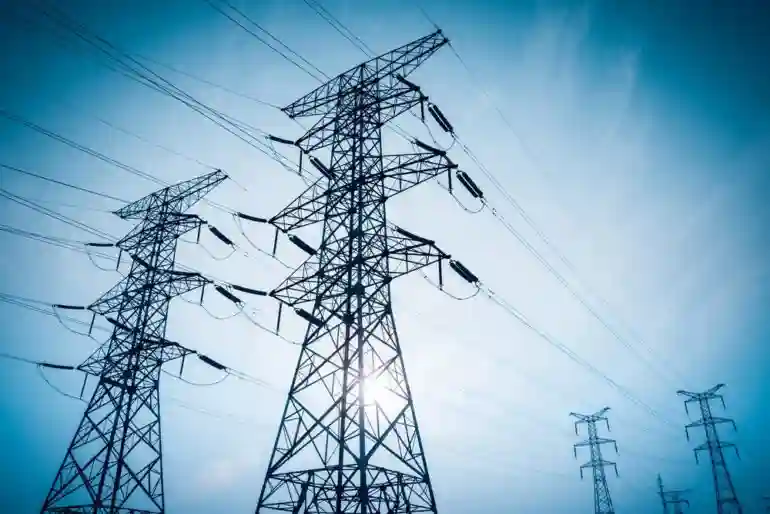14th August 2020 – STATEMENT ON COMPENSATION FOR THE RESETTLEMENT ACTION PLAN FOR THE BATOKA GORGE HYDRO ELECTRIC SCHEME (BGHES)
The Zambezi River Authority (the Authority), a bilateral organisation equally owned by the Governments of Zambia and Zimbabwe, in 2014, engaged Environmental Resources Management (ERM) of South Africa, an independent and internationally renowned consultant to carry out the Environmental and Social Impact Assessment (ESIA) studies for the development of the 2400MW Batoka Gorge Hydro-Electric Scheme (BGHES), a transboundary project located 47km downstream of the Victoria Falls.
The ESIA process is being conducted in accordance with the Zambian Environmental Management Act (Act No. 12 of 2011), pursuant to Statutory Instrument No. 28 of 1997 -the Environmental Impact Assessment (EIA) Regulations. In Zimbabwe, the process is being conducted in line with the Environmental Management Act (the Act) (Chapter 20:27), No. 13 of 2002; Statutory Instrument 7 of 2007: Environmental Management (Environmental Impact Assessments and Ecosystems Protection) Regulations; the Environmental Impact Assessment Policy of 1997: as well as the Environmental Impact Assessment Guidelines of 1997.
Further, the ESIA process is also being undertaken in conformance to international standards and best practices like the World Bank Environmental and Social Framework and the International Finance Corporation (IFC) performance standards regarding compensation of project affected persons.
The draft ESIA report has been developed with the inclusion of a Resettlement Policy Framework (RPF) as well as Livelihood Restoration Plans (LRPs) that will be implemented to mitigate impacts on project-affected individuals and communities resulting from the planned implementation of the BGHES. The ESIA studies included, livelihood study of affected communities, household census and socio-economic survey and asset inventory. The goal of the LRPs is to help restore, and potentially improve, the livelihoods and living standards of economically displaced Project Affected Households (PAHs).
The ESIA study covered the land identified for the accommodation of project staff and land for the development of the dam, powerhouses and related infrastructure including

